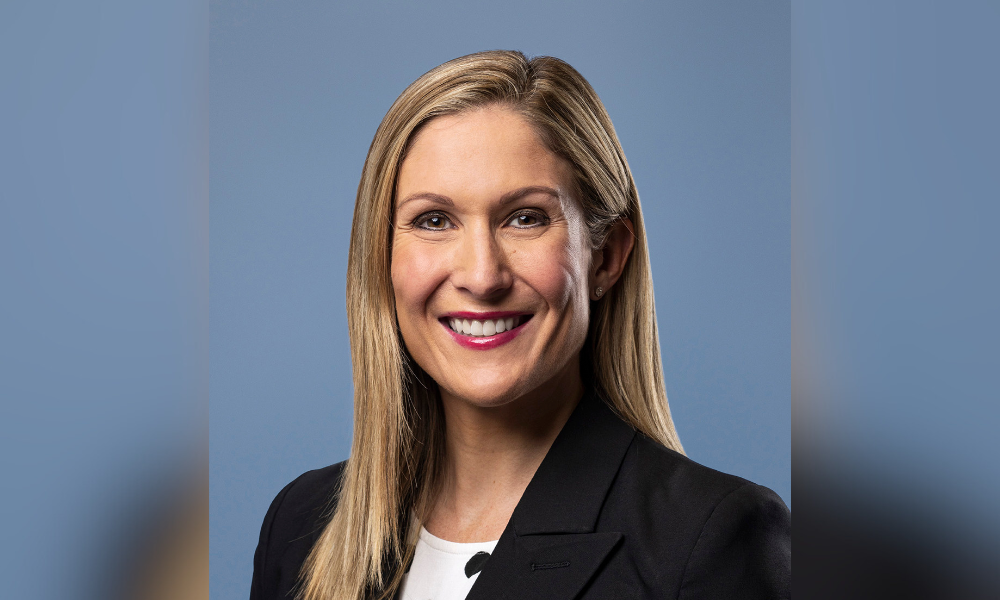
The decision could set a precedent for future sexual assault/DV cases, Marlia Saunders says

Last month, a long-running legal saga came to an end when the Federal Court shot down the defamation suit filed by Bruce Lehrmann against Network Ten Pty Limited and Lisa Wilkinson.
Partner Marlia Saunders led Thomson Geer’s team in successfully bringing about a favourable outcome for Network Ten; Saunders described the court’s decision as “long overdue vindication for Brittany Higgins”.
In the first part of this interview, Saunders talks to Australasian Lawyer about what she believes will be the most important impact of the court’s judgment, and the public scrutiny on the case.
My team of solicitors worked really closely with our barristers Dr Matt Collins KC and Tim Senior. Together, we prepared and ran the case in the proceedings, where we successfully proved on the balance of probabilities that Bruce Lehrmann raped Brittany Higgins. It was a huge amount of work, and all done in quite a tight timeframe; the trial was brought on quite quickly after proceedings commenced; the proceedings commenced in February and the trial started in November.
So we had to go through the ACT DPP and review all of the contemporaneous records, from CCTV to text messages. There were downloads off mobile phones that were tens of thousands of pages long that we went through. We conducted independent investigations, we went through the transcripts of evidence from the criminal trial, we spoke to witnesses and prepared affidavits and outlines of evidence from more than 20 witnesses, prepared expert reports from a forensic psychologist, a toxicologist and a lip reader. And ultimately, we pieced together what happened on the night, which the judge found was the most likely version of what occurred.
Well, it's hugely significant because it's the first time that a court has made a finding about what happened at Parliament House on that night over five years ago because the criminal trial was aborted due to juror misconduct. So it does provide long overdue vindication for Brittany Higgins. And I hope it also provides a level of comfort and support and hope for other sexual assault survivors.
The reason for that is, I'm hopeful that the way Justice Lee approached his factfinding task in his judgment by recognising the impact of trauma on memory, and the difference between a false memory and a lie, will be applied in future cases involving allegations of sexual assault and even other types of cases like domestic violence cases. Justice Lee recognized that inconsistencies in in versions of events are just a byproduct of the frailties of human memory and the effects of trauma, and shouldn't be used to undermine a core allegation of sexual assault. I think that the use of rape myths against complainants in an attempt to discredit them needs to stop and I think that this judgment is an excellent step in the right direction.
[The issue of sexual assault] is incredibly topical at the moment, so there’s the timing of it all. And I don't know whether this decision has kind of had that flow-on effect and has really put this issue at the forefront of the agenda for Australians. And I'm hoping that there is momentum to have positive change going forward.
At the moment, they've got a new senior counsel, who is looking at all of the evidence in the case and the judgment (which is 324 pages long), and giving some advice about the prospects of an appeal. So the applicant, Mr Lehrmann, will have until the 31st of May to file any appeals. So at the moment, it's a wait and see – we'll know more by the end of the month.
Well, I think it shows that this was a really important story that needed to be told. The fact that it's been found that a rape did occur in the nation's capital, in the very building where our government operates from – that was a hugely important story. It was very much in the public interest for it to be reported, so it does provide a level of support for public interest journalism.
And the other aspect of this case that I think was really important for the wider community is the emphasis that Justice Lee put on open justice. The way he ran the case to provide access to the public – all of the hearings, documents, evidence. It meant that the public really had a firsthand view of the legal process and direct access to the evidence to be able to view it and see the wheels of justice turning.
So I think that that was a really interesting aspect of the case; it meant that there was a huge level of scrutiny, which was challenging in terms of running the case, and always trying to act in a responsible and diligent way. I think we achieved that really well.
Later this week, Saunders shares her thoughts regarding the ruling’s impact on defamation law in Australia.